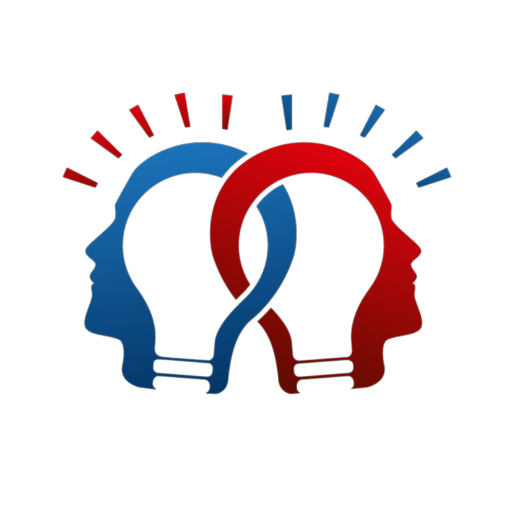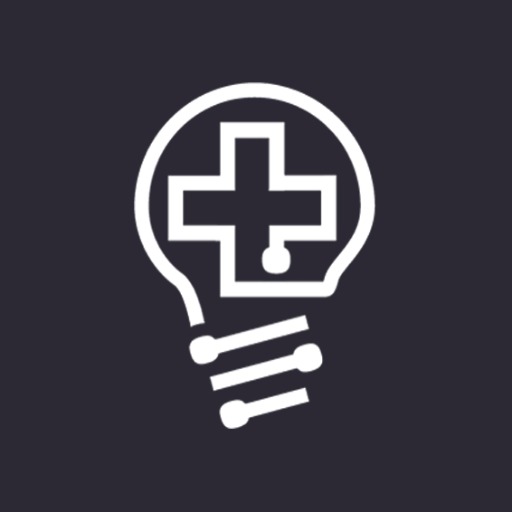Water Treatment-AI-driven water treatment solutions.
AI-powered insights for water treatment.
What is reverse osmosis?
Can you explain water filtration methods?
Describe the process of desalination.
What are the latest advancements in water treatment?
Related Tools
Load More
HydroGPT
HydroGPT is an expert in water resources engineering, specializing in hydrology, hydraulics, and drainage design. It provides detailed assistance in modeling concepts, methodologies, scopes of work, and drainage report writing, including aerial image anal

Chemical Engineering GPT
Assists with chemical engineering topics, from basics to advanced.

Chemical Engineering Design Tutor
Specialized tutor in Chemical Engineering Design for upper division and graduate students.

Analytical Chemistry Problem Solver
Expert in solving analytical chemistry problems with Python calculations

Automated Data Cleaning and Preprocessing System
I assist with data cleaning and preprocessing for large datasets.

Plumbing and Heating Assistant
AI assistant for plumbing and heating, learning from real-world tasks and online resources.
20.0 / 5 (200 votes)
Overview of Water Treatment
Water treatment refers to the processes used to make water more acceptable for a desired end-use. These processes include physical, chemical, and biological methods designed to remove contaminants, pathogens, and other undesirable elements from water, ensuring it is safe for human consumption, industrial use, or environmental release. Water treatment systems are vital in scenarios ranging from providing clean drinking water to communities, to treating wastewater from industrial processes before it is released back into the environment. For example, a municipal water treatment plant might employ filtration, sedimentation, and chlorination to ensure tap water is safe for public consumption, while an industrial facility might use advanced methods like reverse osmosis and activated carbon filtration to treat water used in manufacturing processes, preventing pollution.

Core Functions of Water Treatment
Drinking Water Purification
Example
Municipal water treatment plants use a combination of processes such as coagulation, sedimentation, filtration, and disinfection to remove contaminants and pathogens from raw water, making it safe for human consumption.
Scenario
A city with a growing population needs to ensure its water supply remains safe. The municipal plant upgrades its filtration systems and introduces ozone disinfection to meet the higher demand and stricter safety standards.
Wastewater Treatment
Example
Industrial facilities often produce wastewater that contains harmful chemicals and heavy metals. Advanced wastewater treatment processes like activated sludge systems and membrane bioreactors are used to treat this water before it is released back into the environment.
Scenario
A chemical manufacturing plant must treat its wastewater to remove toxic substances. The plant installs a membrane bioreactor system that effectively reduces contaminants to meet regulatory standards before discharge.
Desalination
Example
Reverse osmosis (RO) is a common desalination process used to convert seawater into potable water by removing salts and other impurities.
Scenario
A coastal city in an arid region faces water shortages due to limited freshwater resources. The city invests in a large-scale RO desalination plant to provide a reliable source of drinking water from the nearby sea.
Target Users of Water Treatment Services
Municipal Governments
Municipal governments are responsible for ensuring the availability of safe drinking water to the public. They benefit from water treatment services to maintain water quality standards, manage water resources efficiently, and protect public health. By implementing advanced treatment technologies, municipalities can address challenges like population growth, aging infrastructure, and emerging contaminants.
Industrial Companies
Industries that use large volumes of water, such as manufacturing, mining, and energy production, require water treatment services to meet environmental regulations and operational needs. These companies benefit from customized treatment solutions that allow them to reuse water, reduce waste, and minimize their environmental impact. Proper water treatment helps them avoid fines, maintain compliance, and enhance sustainability.

Guidelines for Using Water Treatment
Step 1
Visit aichatonline.org for a free trial without login, no need for ChatGPT Plus.
Step 2
Explore the different functionalities of the Water Treatment tool. Focus on key areas such as filtration, chemical dosing, and sludge management. Familiarize yourself with the interface to optimize your experience.
Step 3
Input specific water treatment queries or data into the system. The tool can analyze and suggest best practices, provide detailed explanations of processes, and offer troubleshooting advice.
Step 4
Utilize the tool's AI capabilities to generate detailed reports, diagrams, or recommendations tailored to your needs. These can be used for project planning, academic research, or operational improvements.
Step 5
Regularly update and refine your queries or inputs to ensure the tool's output remains relevant and accurate. Incorporate feedback from the tool to enhance your water treatment practices.
Try other advanced and practical GPTs
Chord Progression Generator
AI-Powered Chord Progression Creator

Emoji Fusion
AI-powered emoji and face fusion tool

Academic Andy
AI-powered academic expertise at your fingertips

Bildgenerator
AI-Powered Image Creation

Code Companion
AI-powered companion for all your coding needs.

ISO27001:2022 Implementation assistant
AI-powered tool for ISO27001:2022

Keyword Map Creator
AI-powered keyword mapping for clarity

여행일정 플래너
AI-powered tool for perfect travel plans.

Physiology
AI-powered physiological insights at your fingertips.

Medical Device Consultant
AI-driven insights for medical devices.

Suno AI Song Generator
AI-Powered Music Creation Made Easy

Viral Video Assistant
AI-driven video content enhancer

- Compliance
- Process Optimization
- Energy Efficiency
- Educational Resource
- Industrial Applications
Water Treatment Q&A
What types of water treatment processes can this tool explain?
The tool can explain a wide range of processes, including coagulation, flocculation, sedimentation, filtration, disinfection, and advanced methods like reverse osmosis and UV treatment. It provides both basic and in-depth information suitable for beginners and experts alike.
Can the tool help optimize my existing water treatment system?
Yes, the tool can analyze your current system, suggest efficiency improvements, and recommend equipment upgrades. It provides insights into reducing energy consumption, chemical usage, and overall operational costs.
Is the tool suitable for industrial-scale water treatment?
Absolutely. The tool is designed to support both small-scale and large-scale operations, offering tailored advice and detailed calculations for industries like wastewater treatment, desalination, and chemical processing.
How does the tool assist with regulatory compliance?
The tool provides up-to-date information on water quality standards and regulatory requirements. It can help you ensure your treatment processes meet local, national, and international guidelines, avoiding potential fines or legal issues.
Can this tool be used for educational purposes?
Yes, the tool is an excellent resource for students and educators. It can generate diagrams, explain concepts in simple terms, and provide case studies for a deeper understanding of water treatment technologies.